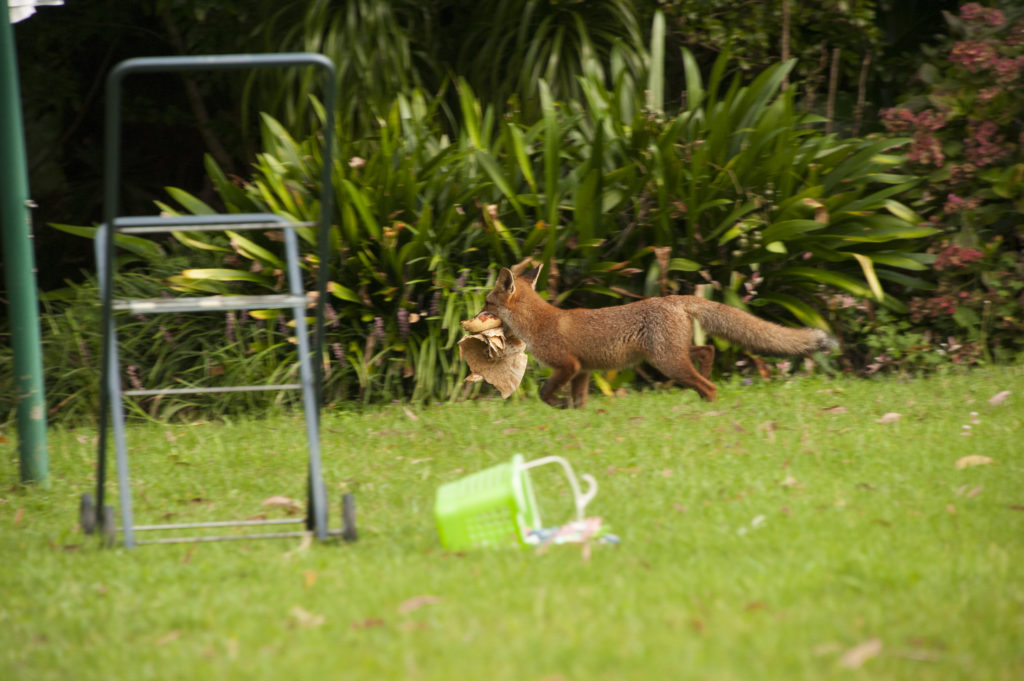Autumn is the time to manage foxes
Foxes are a major threat to Australian wildlife and agriculture, and now is the ideal time to step up control efforts. At this time of year naive juvenile foxes are beginning to disperse from their natal dens. While they are searching for new territory, they are likely to be hungry, making them more susceptible to control methods such as baiting, trapping, and shooting. Acting now can prevent population growth before the next breeding cycle begins in winter.

As summer progresses, food sources for foxes start to decline. This means foxes become more food-motivated and more likely to take baits. Baiting programs using 1080 or PAPP are particularly effective at this time of year, especially when coordinated across multiple properties. If you’re planning to use baits, ensure you follow best-practice guidelines to maximise their effectiveness while minimising risks to non-target species.
Many landholders and agencies conduct fox control in late summer and early autumn, providing a great opportunity for large-scale, coordinated management. Working together with neighbours or joining regional baiting programs can significantly improve outcomes, as controlling foxes on a single property is rarely enough to reduce their long-term impact.
Recent bushfires can also make foxes easier to target. Foxes preferentially hunt in recently burned areas where there is reduced vegetation cover. Prey is more exposed in these environments, but so are the foxes. If you’re in an area recently affected by fire, now is an excellent time to survey fox activity and implement control measures.

Reducing fox numbers benefits both native wildlife and livestock. Foxes are a significant predator of small and medium-sized native mammals, ground-nesting birds, and reptiles, many of which are already under pressure from habitat loss and other threats. They also pose a major risk to lambs and poultry, killing, on average, 7% of lambs each year with up to 30% being recorded in some areas. Controlling foxes well before lambing season can help protect vulnerable stock and reduce financial losses and mental health impacts for farmers.
For best-practice advice, check out the Glovebox Guide for Managing Foxes, Planning Guide for Fox Management in Australia, and Field Guide to Baiting Wild Dogs and Foxes. These resources provide essential information on effective and humane control methods. Visit FoxScan – a free website and app that can help groups map, monitor and report on fox impacts and control. Speak to your regional bodies and state agencies to see if coordinated fox management programs are occurring in your area or if subsidised baits might be available.
Whether you’re a landholder, conservation manager, or working in local government, acting now can make a real difference in reducing fox numbers and protecting Australia’s biodiversity.




